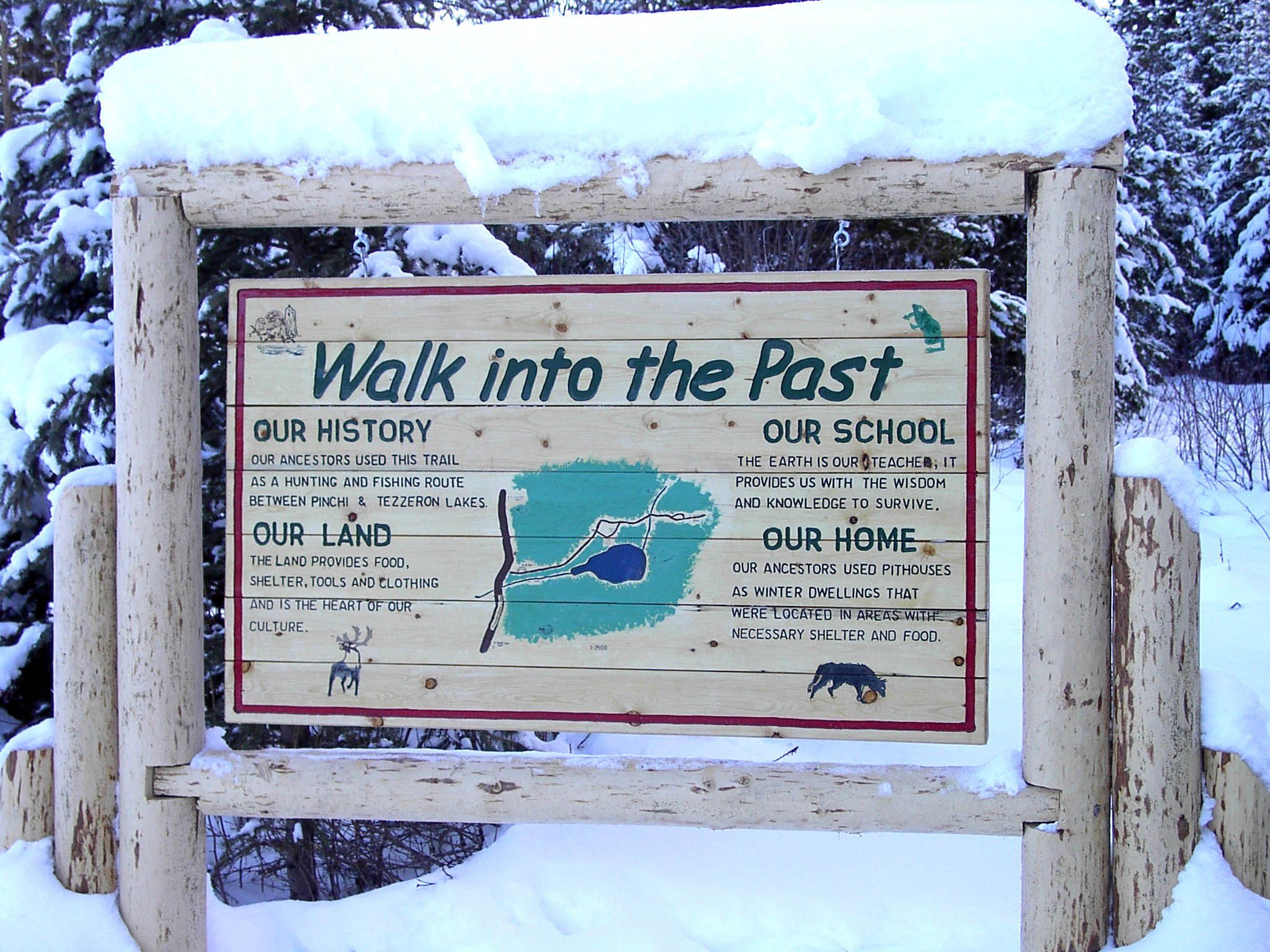This course is a senior level class for indigenous and non-indigenous students, while there will also be partnering continuing studies courses offered concurrently, XACT 110-1 Introduction to Aboriginal Cultural Tourism and XACT 120-2 Aboriginal Tourism Marketing. Students in the Indigenous Tourism and Recreation class will work to: understand basic definitions of indigenous and cultural tourism; explore demand for cultural and aboriginal tourism; understand the fit and misfit of tourism and recreation with indigenous values; examine components of the arts, heritage and culture as tourism products; analyze the role of communities of place and culture in the development of cultural and indigenous tourism; explore packaging cultural experiences; understand the importance of authenticity for the cultural tourism experience; and identify and analyze problems and impacts such as commodification and commercialization of a culture. Other areas of focus include co-management of protected areas and conservation and tourism development opportunities in indigenous territories. 
Examples from BC and other parts of the world are used. In the spring 2010 distance learning offering indigenous guest lecturers from BC and around the world will join the class to help facilitate topics.
The Indigenous Tourism and Recreation course is also part of the Northern Tourism Advanced Emphasis (AE) stream in the Circumpolar Studies program. Online curriculum development of the Northern Tourism AE is led by UNBC and supported by the UArctic Office of Undergraduate Studies. The AEs are programs of study, roughly equivalent to a semester of schooling (30 ECTS credits or 15 North American credits) that focus on an area, issue, or problem of particular relevance to Northerns. This AE focuses specifically on tourism and outdoor recreation throughout the circumpolar north.
To join the mailing list for detailed information on the Indigenous Tourism and Recreation course please email pwright@unbc.ca
You can also visit the website for more information at http://www.unbc.ca/ortm/ortm_306.html
